The healing power of plants
Rob McGowan QSM would like New Zealanders to be more connected to their land – its trees, plants, birds and animals. It’s been his mission for decades, and he says now more than ever we need to pay attention to what we’re doing to mother Earth.
“Heal the land,” he says, “and you heal the people.”
Rob (known as Pa Ropata to many) is a founding member of Tāne’s Tree Trust, has long worked for DoC’s Ngā Whenua Rahui unit, which works to protect indigenous ecosystems on Māori-owned land, and for more than 30 years he’s been a teacher of rongoā Māori. His book Rongoā Māori – a Practical Guide to Traditional Māori Medicine has sold more than 9000 copies.
Last year Rob was awarded a Queen’s Service Medal for his services to Māori and conservation.
He’s a former priest who graduated with a Master of Social Science from the University of Waikato.
“I came to Waikato, an older student with a lot of life experience but without formal qualifications. It takes seven years to train as a priest, and that covers a lot of ground, so the University assessed my earlier learnings and accepted me for a master’s degree in anthropology.” He focused on contemporary use of traditional Māori plants.
As a child Rob had watched his Dalmatian mother use traditional plants and herbs for wellness and wellbeing and he says it seemed natural to transfer that knowledge to New Zealand plants. He was also drawn to the idea of treating the whole person, the physical, mental and spiritual (wairua).
It was when the Catholic church sent him to Whanganui to learn te reo that Rob really honed his skills in traditional Māori medicine, taken under the wing of local Māori. It helped that he could already identify and name many plants, but he says it took him a while to “join the dots” and understand the concepts of mauri (life force) tikanga, wairua and rongoā. But once learned they’ve stayed with him.
“Traditional Māori medicine is not just about fixing the sick, it’s about giving them hope and they will learn to be well,” he says. One of Rob’s current consulting jobs is working with the Bay of Plenty District Health Board on its Māori health strategy.
He travels up and down the country to train people in rongoā Maori and it pleases him to see that interest is growing. “I struggle to keep up,” he says. “There’s a real hunger for it because it’s meeting people’s needs.”
But he also sees there’s still much to be done. “I sometimes take groups of people into the bush and sadly they can’t name any more than six types of trees let alone plants and birds. They see me get excited about something they haven’t noticed. It feels like teaching blind people to see!”
Rob teaches people about the bush, to be able to find the plants they need, and how to collect them in a way that won’t damage the plant or tree, all in the context of the tikanga that applies to rongoā Māori.
At his home on the outskirts of Tauranga he has planted a rongoā garden to help students learn plant identification, and he and his wife Lyndel help run a small nursery for the Waitao Landcare Group.
He’s a former chairman of the Bay of Plenty Conservation Board, a founding chair of the Kaimai-Mamaku Catchments Forum and a life member of the New Zealand Association of Medical Herbalists.
Rob still retains links with the University of Waikato. Biological scientist Emeritus Professor Warwick Silvester is on the management committee of Tane’s Tree Trust, which he and Rob initiated in 1999. The trust encourages the use of New Zealand indigenous tree species for biodiversity, landscape enhancement and cultural benefits. “Warwick’s wise head keeps us on the straight and narrow,” says Rob.
Original article from https://www.waikato.ac.nz/news-opinion/media/2021/the-healing-power-of-plants

